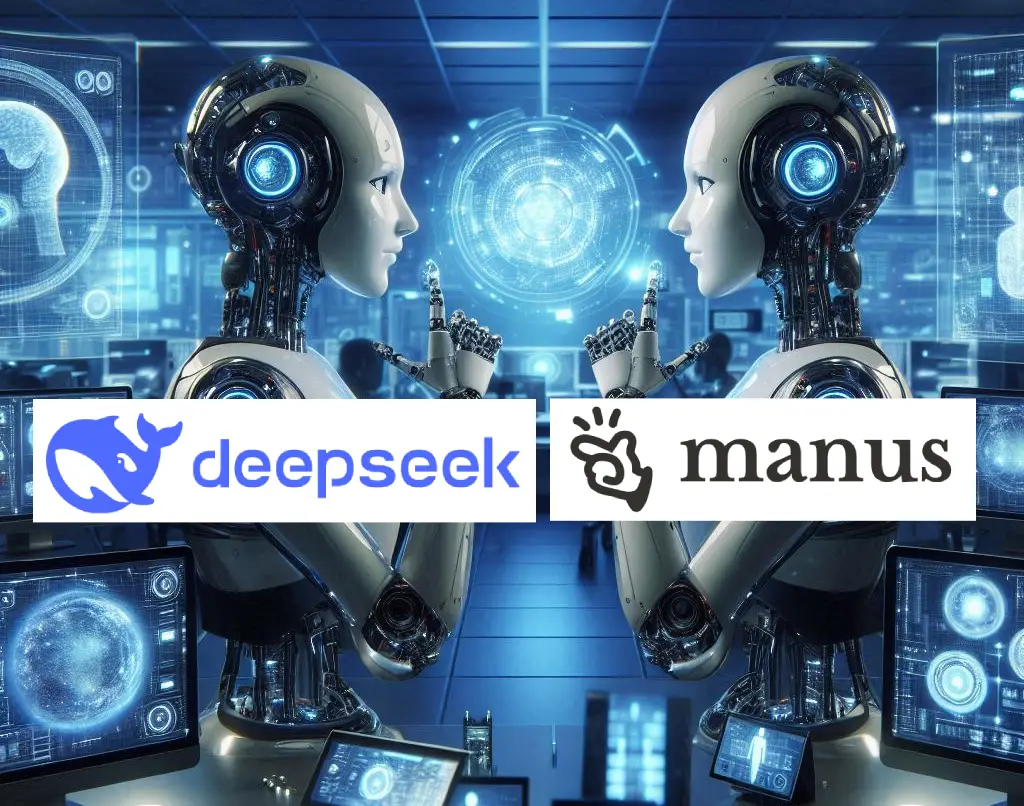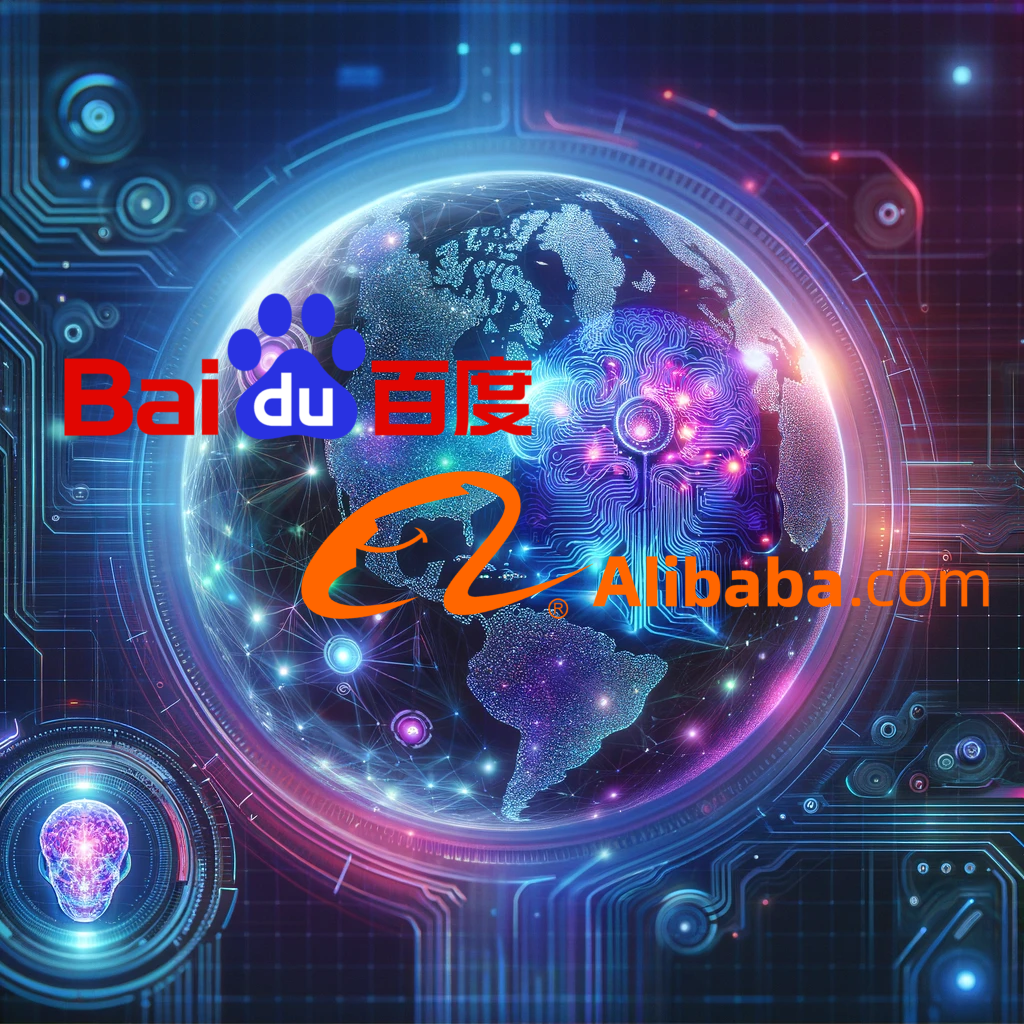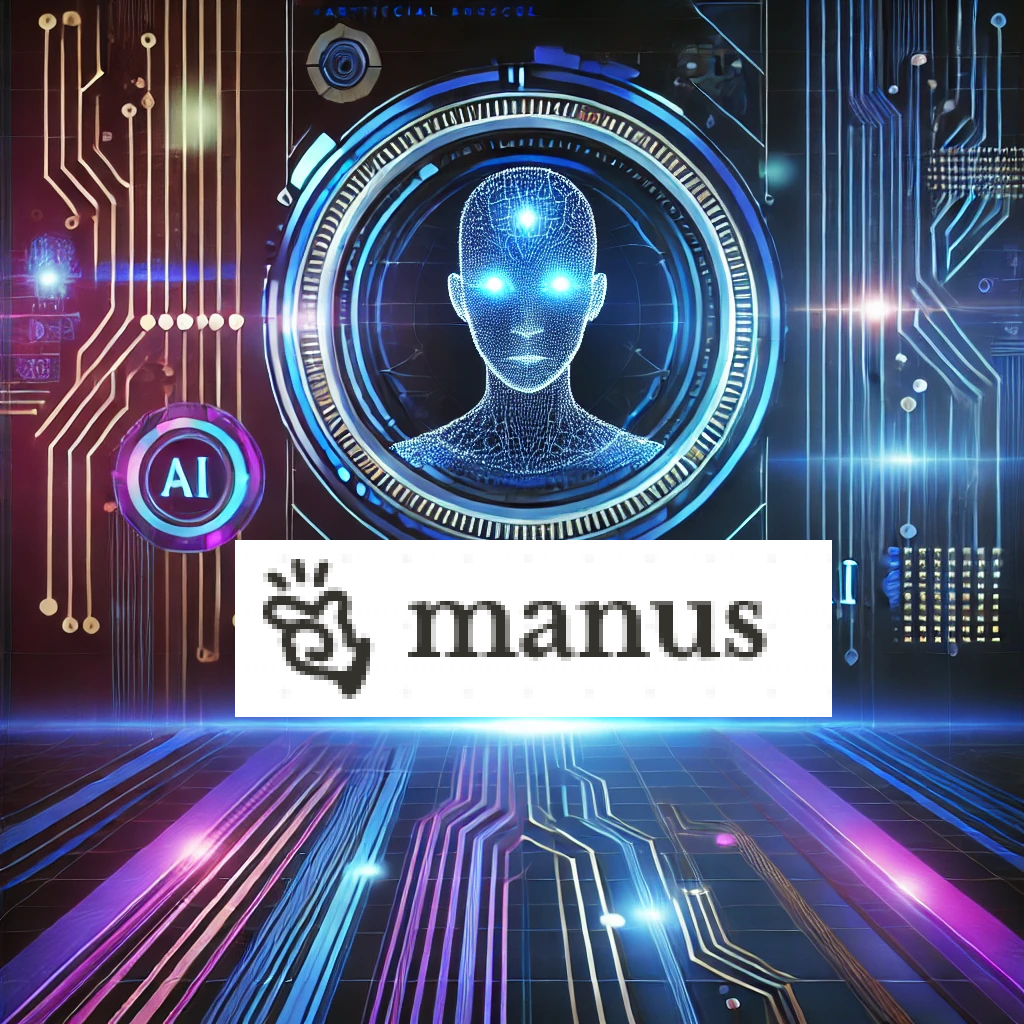The artificial intelligence landscape is evolving at an unprecedented pace, and China has become a formidable player in the race for AI supremacy. Two of the most talked-about AI models emerging from China are DeepSeek and Manus. As global interest in AI continues to grow, many are wondering how these two models compare and what they mean for the future of AI technology.
What Are DeepSeek and Manus?
Both DeepSeek and Manus are advanced AI models developed in China, designed to compete with leading Western AI models such as OpenAI’s GPT-4 and Google’s Gemini. While each model has its own strengths and areas of specialization, they share the goal of advancing China’s position in artificial intelligence.
DeepSeek: A Powerful Multimodal AI
DeepSeek is a high-performance AI model developed by a Chinese tech research team, aiming to provide a comprehensive multimodal experience. This means that it can process not only text but also images, audio, and potentially video. It is built on a large-scale dataset, making it a strong competitor to models like GPT-4 in terms of reasoning, language comprehension, and creative capabilities.
One of the key aspects of DeepSeek is its focus on deep-learning efficiency, allowing it to generate highly accurate and context-aware responses. It is also designed to integrate seamlessly into applications across different industries, such as education, business, and software development.
DeepSeek is particularly praised for:
- Multimodal Capabilities – Supports text, image, and potentially other data formats.
- High Processing Efficiency – Optimized for faster and more accurate responses.
- Integration Potential – Designed for use in various industries and applications.
Manus: A Next-Gen AI with a Focus on Conversational Intelligence
Manus is another advanced AI model from China, gaining attention for its human-like conversational abilities. It is optimized for natural language processing (NLP) and aims to provide deep, context-aware interactions that rival top-tier AI models.
Unlike DeepSeek, which focuses on multimodal functions, Manus appears to specialize more in text-based AI applications such as chatbots, customer service, content creation, and digital assistants.
Some of the standout features of Manus include:
- Highly Conversational AI – Manus delivers natural, flowing conversations, making it an ideal choice for chatbots and AI-driven assistants.
- Contextual Awareness – The model can remember details within a conversation, leading to more engaging and relevant responses.
- Optimized for Efficiency – Designed to handle large volumes of text-based interactions with low latency and high accuracy.
Comparing DeepSeek and Manus
While both AI models represent significant advancements in China’s AI development, they have different strengths and areas of focus.
| Feature | DeepSeek | Manus |
|---|---|---|
| Primary Focus | Multimodal AI (Text, Images, Data) | Conversational AI (Text-based interactions) |
| Processing Type | Large-scale multimodal deep learning | Advanced NLP and chatbot optimization |
| Best For | AI-powered applications across industries | AI-driven chatbots, virtual assistants, and content generation |
| Integration | Business, education, software, research | Customer service, communication, automated responses |
While DeepSeek is more versatile, supporting multiple input types and offering a broader range of applications, Manus specializes in deep, engaging conversations that feel closer to human interaction.
Why These AI Models Matter
The rise of DeepSeek and Manus signals China’s increasing dominance in artificial intelligence, a field long dominated by U.S.-based companies like OpenAI, Google, and Microsoft. These advancements are particularly significant given the global competition for AI-driven innovation, automation, and data processing.
China’s AI research is growing rapidly, with a strong push for independence from Western AI models. With the development of powerful models like DeepSeek and Manus, China is positioning itself as a leader in AI-driven industries, from business automation to national security and education.
Final Thoughts
Both DeepSeek and Manus represent the future of China’s AI ambitions, offering distinct yet powerful capabilities. While DeepSeek pushes the boundaries of multimodal AI, Manus hones in on conversational intelligence, ensuring human-like interactions that could redefine chatbot technology.
For businesses and developers looking to leverage Chinese AI, the choice between DeepSeek and Manus will depend on the specific use case—whether they need a versatile, multimodal AI model or an NLP-focused conversational assistant. One thing is clear: Chinese AI innovation is accelerating, and the global AI race is becoming more competitive than ever.





